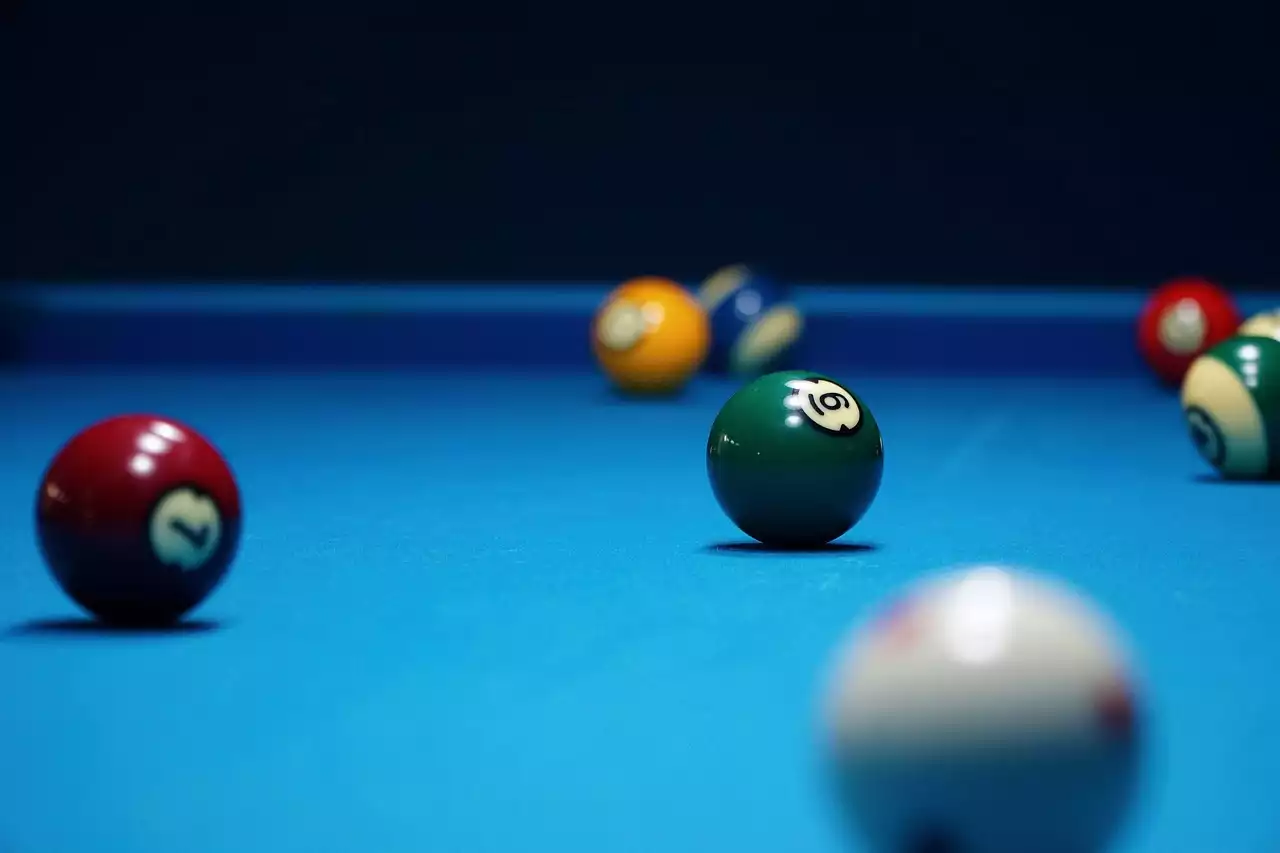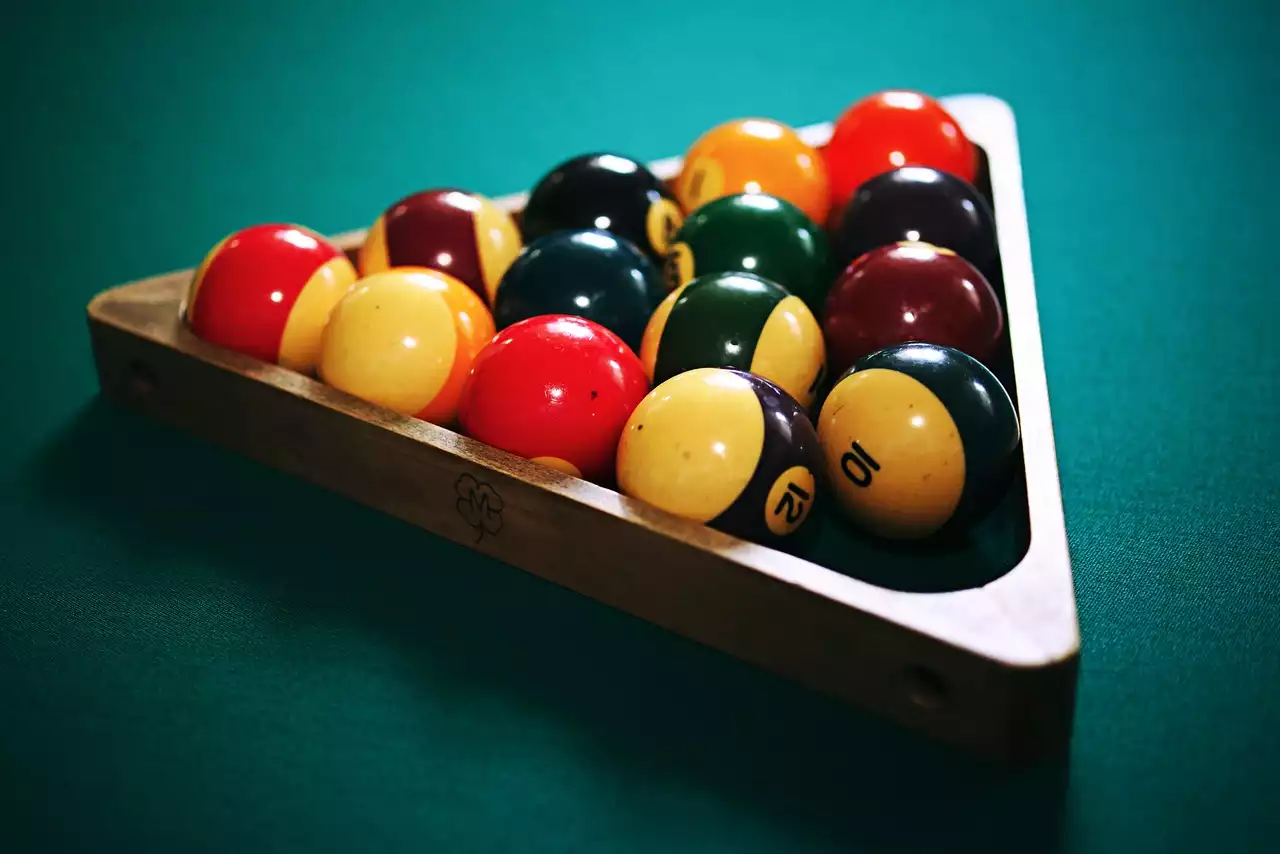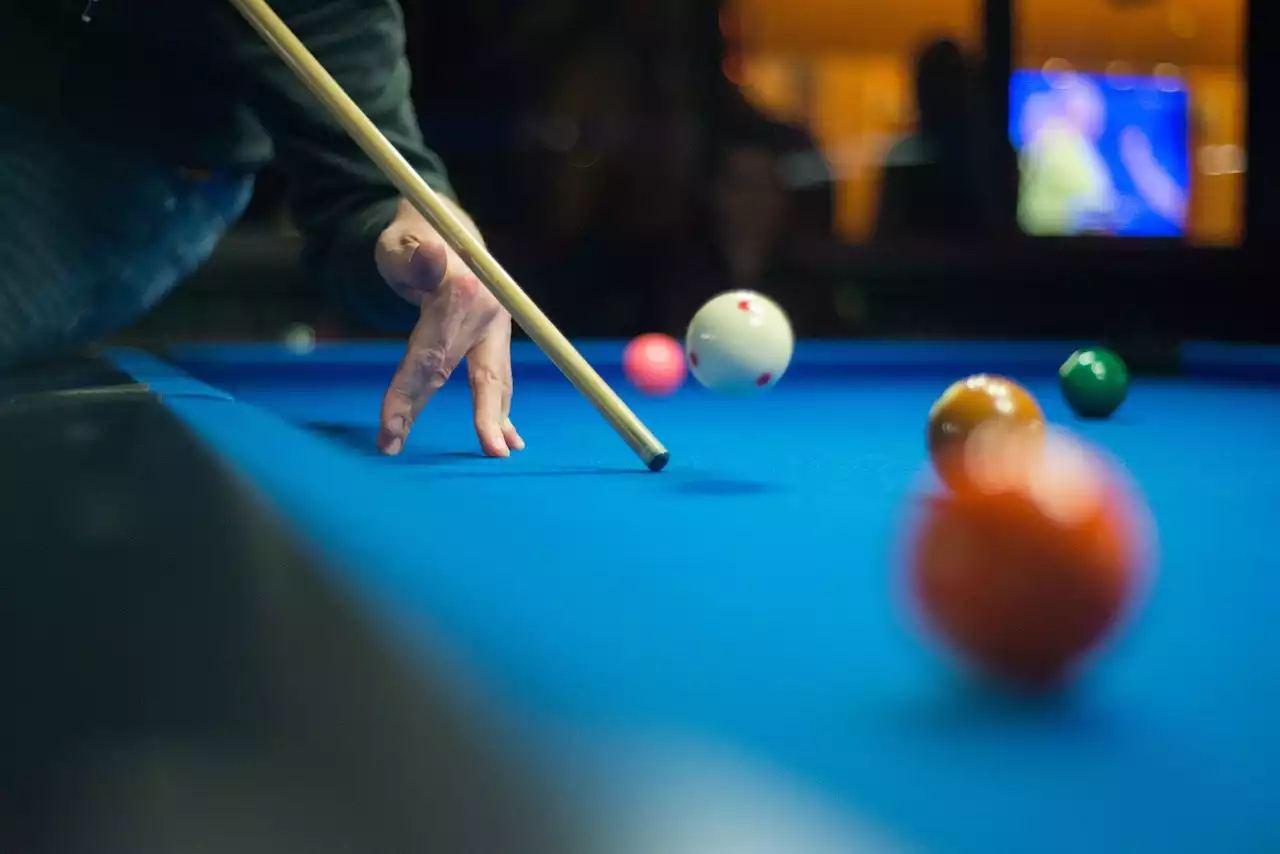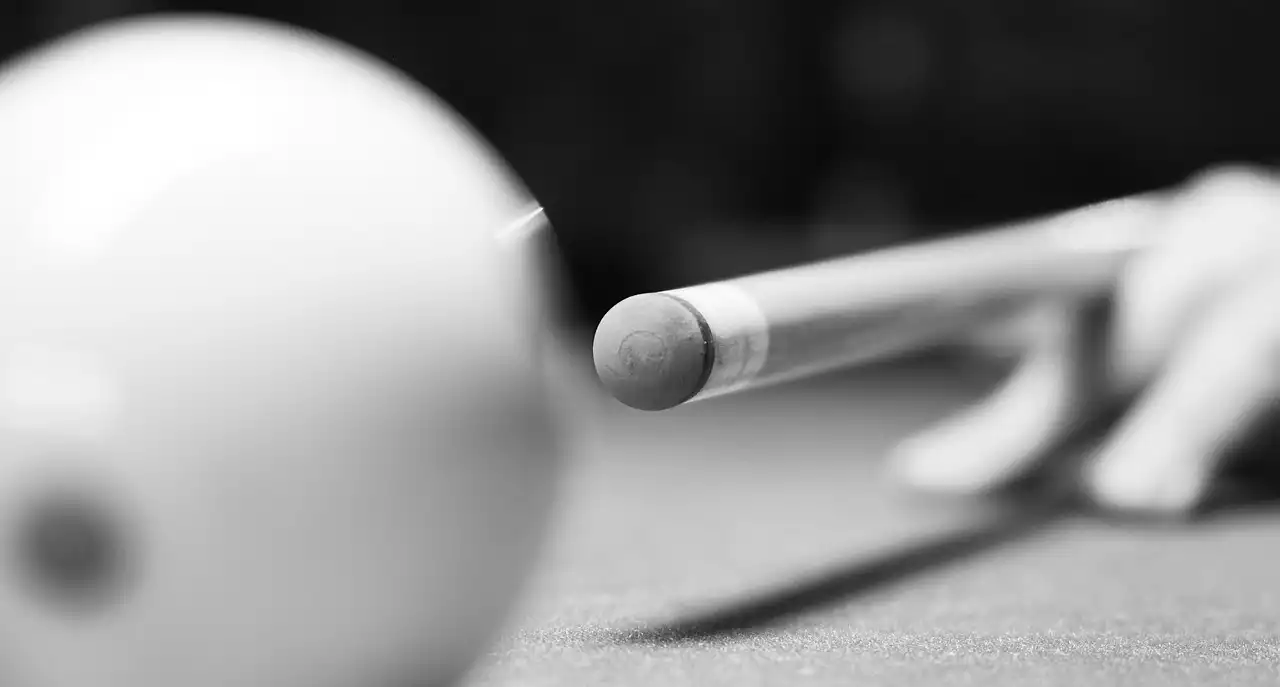Importance of playing safe shots
Playing safe shots is an essential skill in pool. It allows you to control the game and prevent your opponent from scoring. Safe shots can also be used strategically to set up offensive shots for yourself. Playing defensively not only gives you a better chance of winning the game but also puts pressure on your opponent, forcing them to make mistakes.
The key to playing safe shots is to focus on ball control and positioning. By leaving the cue ball in a difficult position for your opponent, you limit their options and increase your chances of winning the game. It's important to remember that playing safe shots doesn't necessarily mean playing slow or boring. In fact, it can be just as exciting and challenging as playing offensive shots.
Understanding angles and visualization
To master defensive pool, you need to have a deep understanding of angles and visualization. This means being able to see the potential paths of the cue ball and object ball(s) before making a shot. Knowing your angles is crucial for both offensive and defensive shots.
Visualization is the ability to see the shot before you take it. This is an important skill to develop because it allows you to plan your shots ahead of time and execute them with precision. Visualization also helps you to identify potential problems before they occur, such as a scratch or a missed shot.
To improve your visualization skills, practice visualizing different shots and angles in your mind before taking them. You can also use visualization aids such as aiming systems to help you see the shot more clearly.
Shot selection and decision making
Playing defensively requires good shot selection and decision making. Knowing when to play safe and when to go for an offensive shot can be the difference between winning and losing a game.
When deciding whether to play defensively, consider the position of the balls on the table, the skill level of your opponent, and the score of the game. If you're ahead, playing defensively can help you maintain your lead. If you're behind, it may be necessary to take more risks and go for offensive shots.
Another important factor to consider is the layout of the balls on the table. If the balls are clustered together, it may be difficult to make an offensive shot, in which case playing safe is the better option. On the other hand, if the balls are spread out, you may have more opportunities for offensive shots.
Cue ball control techniques
Cue ball control is essential for playing safe shots. It allows you to position the cue ball in a way that limits your opponent's options and increases your chances of winning the game.
There are several cue ball control techniques that you can use to improve your defensive game. One of the most important is draw, which allows you to pull the cue ball back after hitting the object ball. This can be useful for positioning the cue ball behind other balls or in a difficult spot for your opponent.
Another important cue ball control technique is follow, which allows you to push the cue ball forward after hitting the object ball. This can be useful for positioning the cue ball for your next shot or for setting up a difficult shot for your opponent.
Defensive shot types - blocking, snookering, and banking
There are several types of defensive shots that you can use to control the game and prevent your opponent from scoring.
Blocking is a defensive shot where you position the cue ball in a way that blocks your opponent from making a shot. This can be useful when the object ball is close to a pocket or when the balls are clustered together.
Snookering is a defensive shot where you position the cue ball in a way that makes it difficult for your opponent to hit the object ball. This can be useful when the object ball is near a rail or when there are other balls in the way.
Banking is a defensive shot where you use a rail to hit the object ball and position the cue ball in a difficult spot for your opponent. This can be useful when the object ball is far away from a pocket or when there are no other balls in the way.
Advanced defensive strategies - trapping and safety battles
Trapping and safety battles are advanced defensive strategies that can be used to gain an advantage over your opponent.
Trapping is a defensive strategy where you intentionally leave your opponent in a difficult position, forcing them to make a mistake. This can be done by positioning the cue ball in a way that limits their options or by setting up a difficult shot for them.
Safety battles are a series of defensive shots where both players try to gain an advantage over the other. This can be done by positioning the cue ball in a way that makes it difficult for the other player to make a shot or by setting up a difficult shot for them.
Practicing defensive pool
Practicing defensive pool is essential for improving your skills and becoming a defensive pool master. One way to practice is to set up different scenarios on the table and practice playing safe shots. This can help you develop your visualization skills and improve your shot selection and decision making.
Another way to practice is to play against other defensive players. This can help you develop your defensive strategies and learn new techniques from other players.
Playing against defensive players
Playing against defensive players can be challenging, but it's also a great way to improve your skills. When playing against a defensive player, it's important to remain patient and focused. Don't get frustrated if you're not able to make offensive shots, and don't rush your shots.
Instead, focus on playing safe shots and positioning the cue ball in a way that limits your opponent's options. Look for opportunities to set up offensive shots, but don't take unnecessary risks.
Defensive pool tournaments
Defensive pool tournaments are a great way to put your skills to the test and compete against other defensive players. These tournaments can be found at local pool halls or online.
When competing in a defensive pool tournament, it's important to remain focused and patient. Don't get discouraged if you miss a shot or if your opponent makes a great defensive play. Instead, stay calm and focused on playing safe shots and controlling the game.




